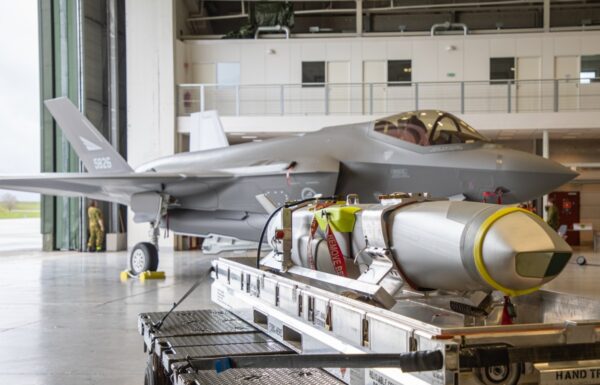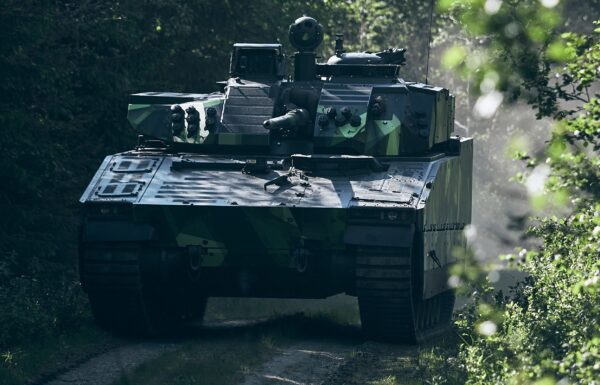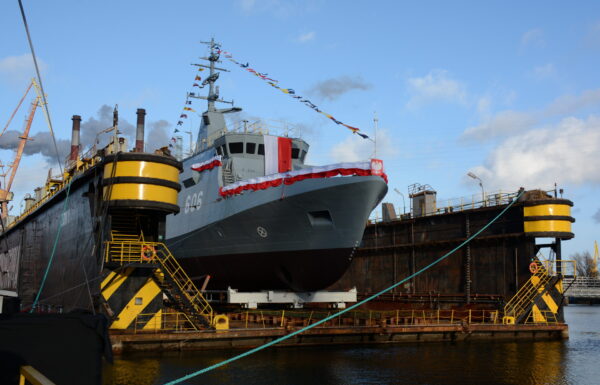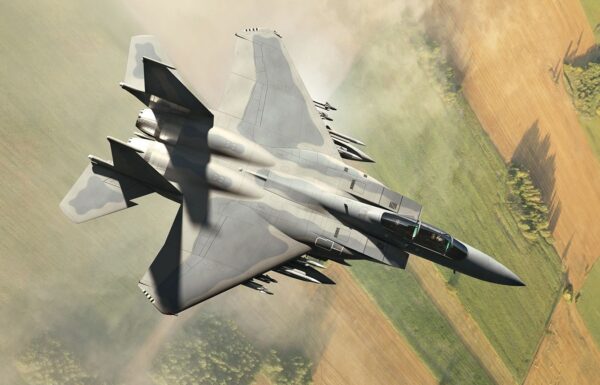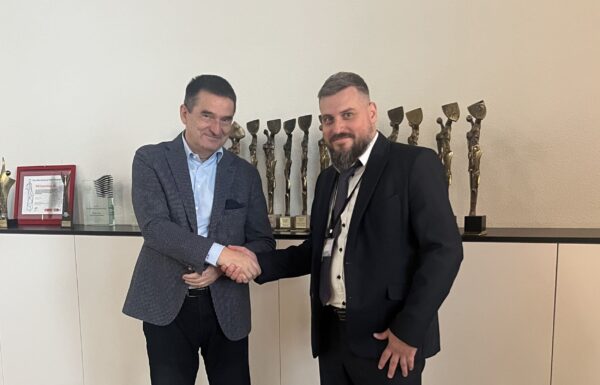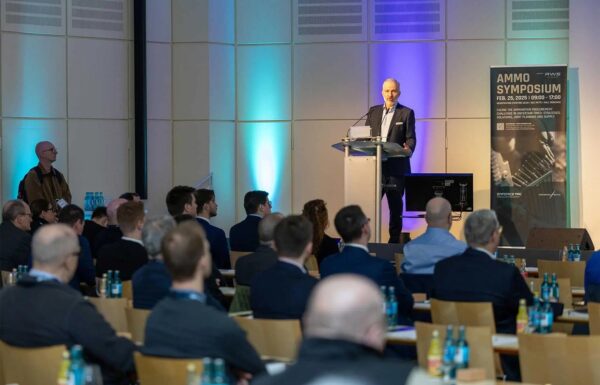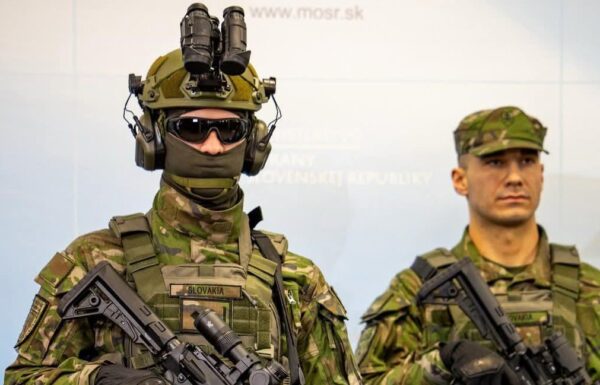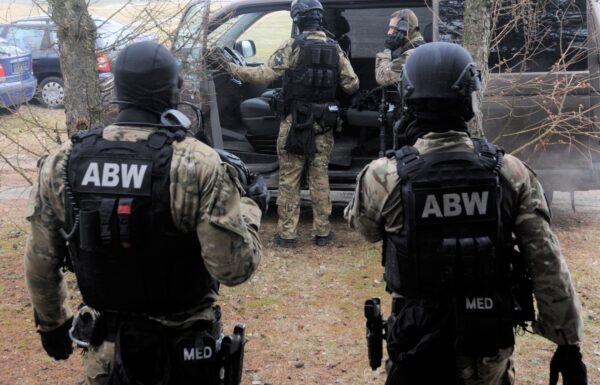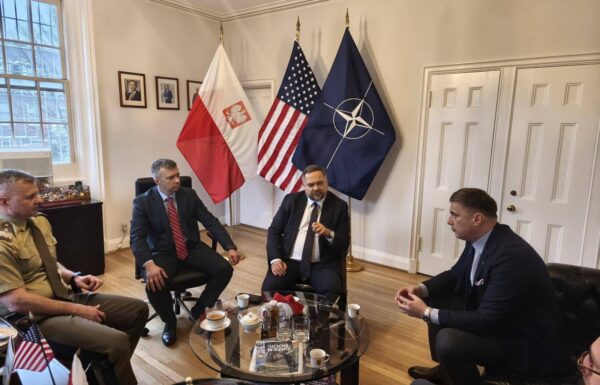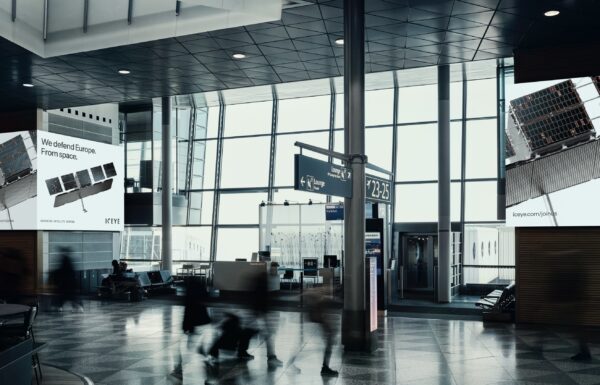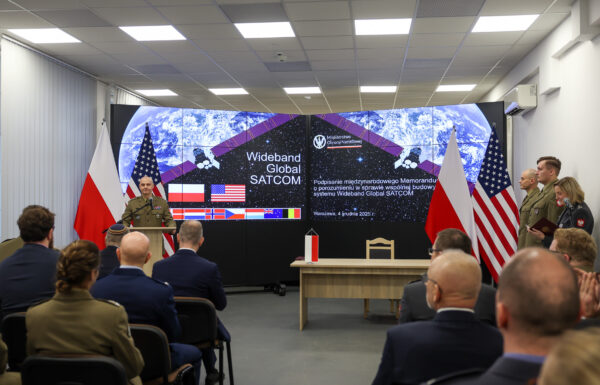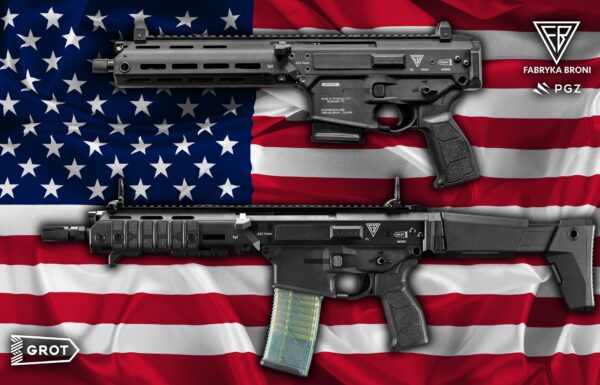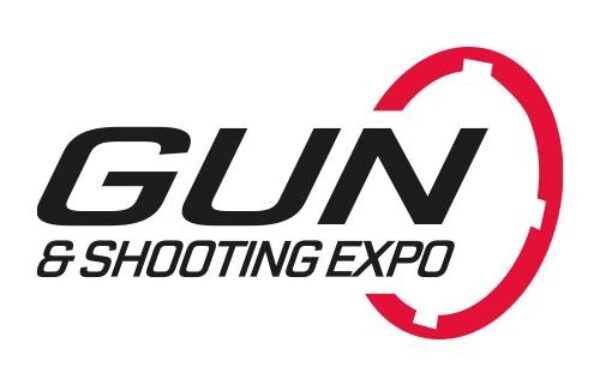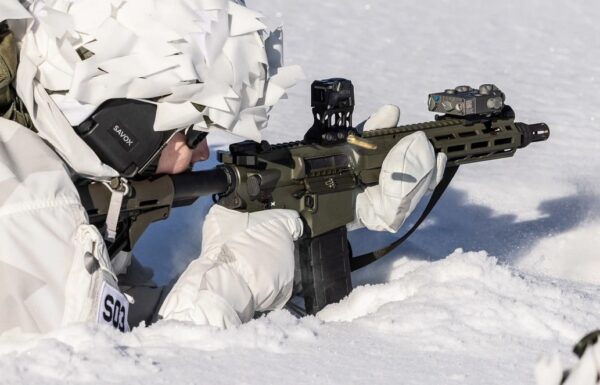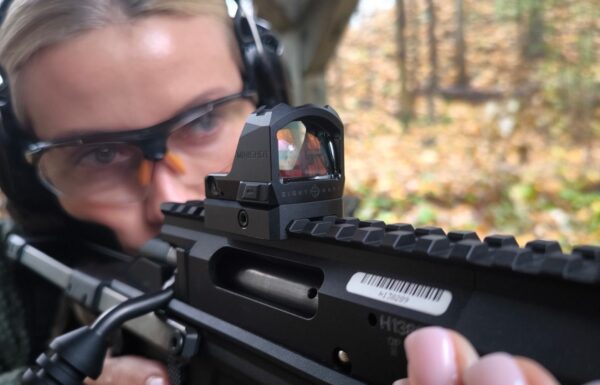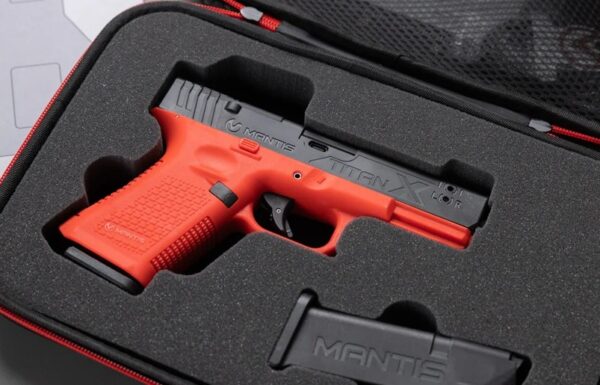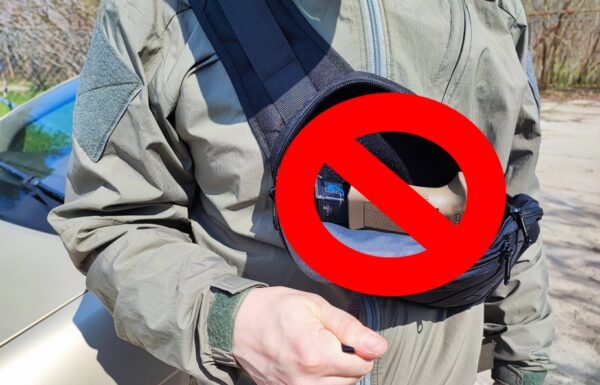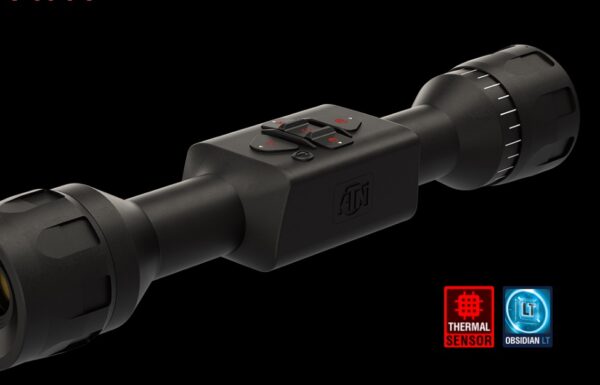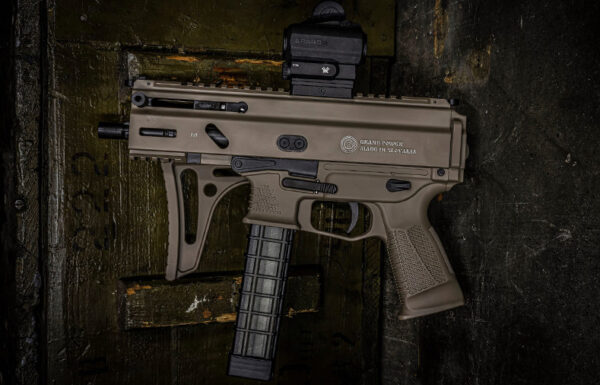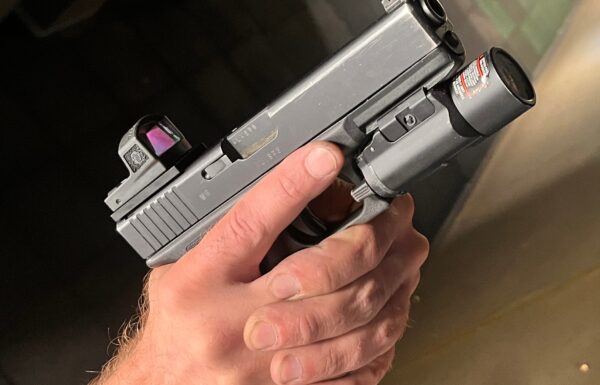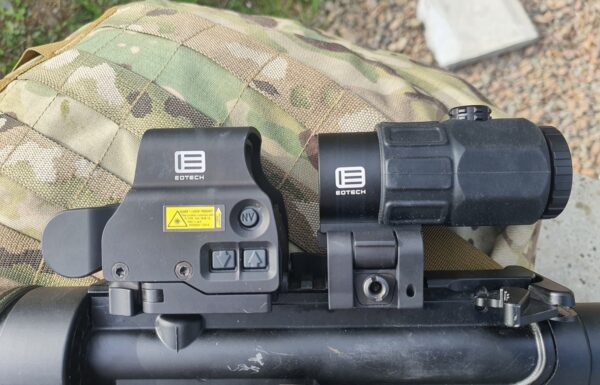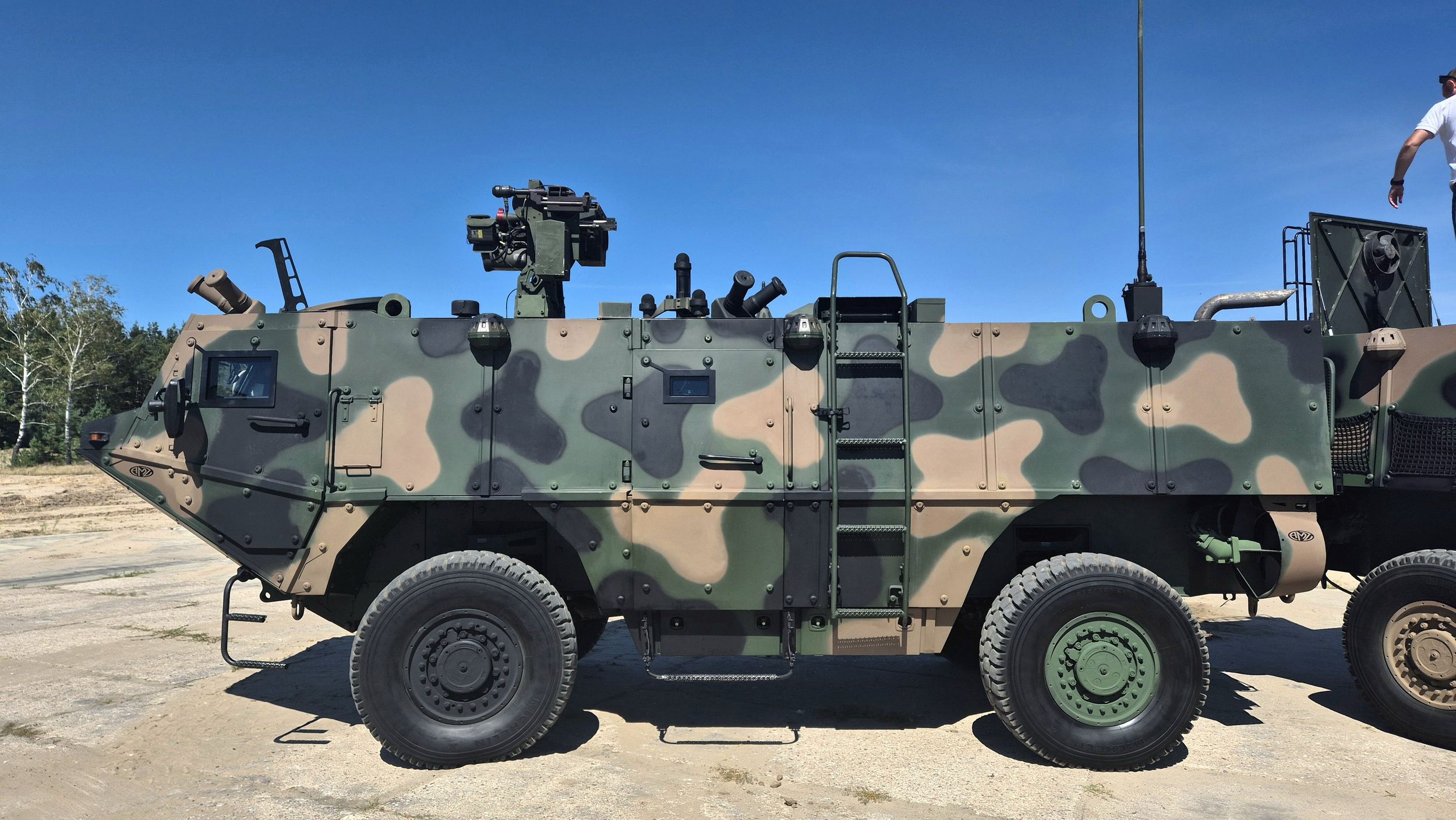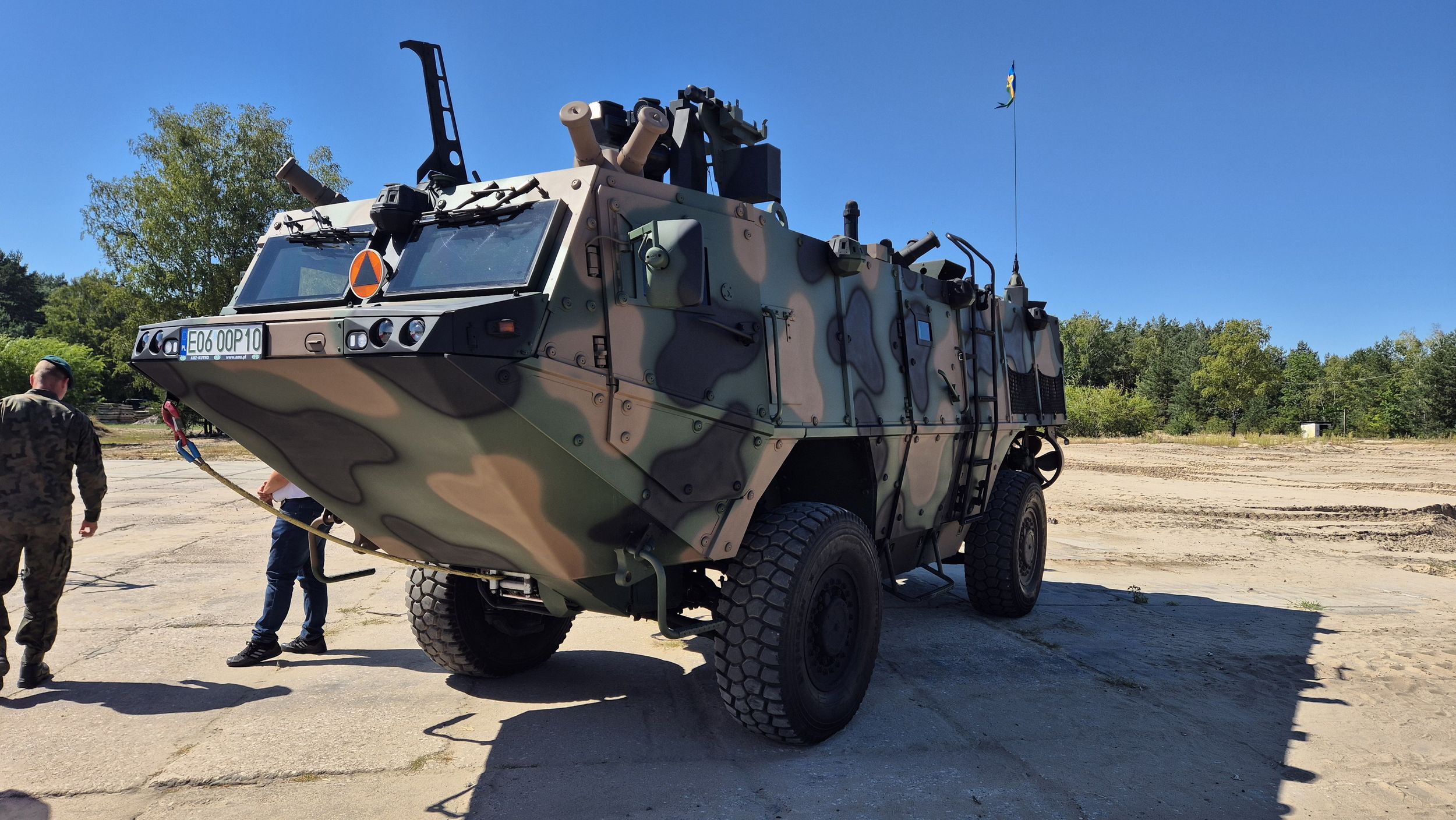On Wednesday, August 14, 2024, in Wesoła, in the presence of Deputy Prime Minister and Minister of National Defense Władysław Kosiniak-Kamysz and State Secretary in the Ministry of National Defense Paweł Bejda, the Armament Agency signed the first implementation contract worth approximately 800 million PLN (ca. 210 million USD) with the company AMZ-Kutno for the delivery of 28 out of the planned 286 Light Armored Reconnaissance Carriers (LOTR) Bóbr-3 as part of the program codenamed Kleszcz. The framework agreement for this was concluded on February 28, 2024.
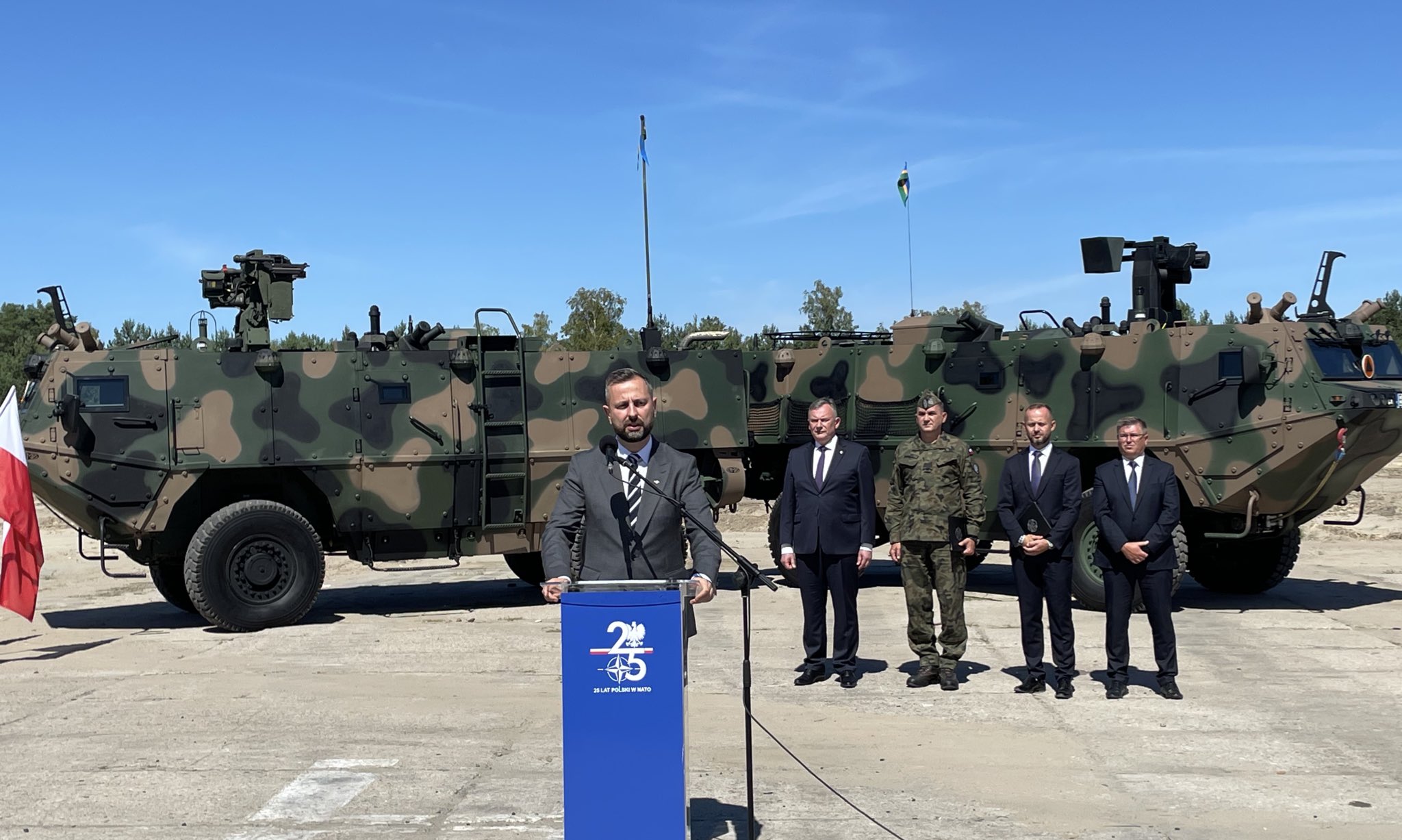
Photos: Ministry of National Defense
“Today, we are signing another contract this week for equipment for the Polish Armed Forces. We started with 48 launchers for the Patriot system, yesterday 96 Apache helicopters for the Land Forces. This complements the interconnected system of defense of the Republic of Poland. All of this creates one large system. But for it to work, good reconnaissance is essential. The Light Armored Reconnaissance Carrier in the Kleszcz program represents Polish technical thought. This is something we started over 10 years ago during the PO-PSL coalition government. It is a collaboration between the private defense industry, AMZ Kutno, and military institutes that have developed and tested the capabilities, functionalities, and practical applications of the Light Armored Reconnaissance Carrier,” said Deputy Prime Minister Władysław Kosiniak-Kamysz during his visit to the 1st Warsaw Armored Brigade.
“These three days demonstrate the comprehensive strategy of the Polish state and the Ministry of National Defense regarding procurement. The first day focused on the batteries for the Patriot system, a Polish-American co-production. Yesterday was about purchasing from our allies, but also collaboration with Lockheed Martin, Boeing, and General Electric within the framework of offset agreements, and investments in the Polish defense industry, particularly in the Aviation Plants in Łódź and Dęblin. And on the third day, we have the Light Armored Reconnaissance Carriers. This is an investment solely in the Polish industry, Polish technical thought, Polish production, Polish innovations, and Polish equipment. I sincerely thank you for this and am very pleased that the procurement strategy is multi-directional,” emphasized the Deputy Prime Minister.
“All of this is very much needed. These are the ears and eyes of the Polish army. The contract signed today by the head of the Armament Agency, General Kuptel, and the president of AMZ Kutno, covers 28 vehicles of this type. These 28 vehicles will be delivered to the Polish military between 2026 and 2028. I am very grateful that this contract is coming to fruition. In February this year, I had the opportunity to sign the framework agreement with Minister Bejda. We were in Kutno and observed the research and production process, leading to this moment when the vehicle will be ready to function in the Polish Armed Forces,” emphasized the Deputy Prime Minister.
During a meeting with soldiers at the 1st Warsaw Armored Brigade, Deputy Prime Minister W. Kosiniak-Kamysz laid flowers at the plaque commemorating the late Sgt. Mateusz Sitek.
“I began today’s visit to the military unit by laying flowers at the memorial stone for Sergeant Mateusz Sitek, who gave his life for the security of the Polish state, for the security of our border on the eve of Polish Armed Forces Day. This is an honor for Sergeant Sitek, a moment of remembrance for him. The memory, the naming of one of the brigade’s tanks, which will participate in tomorrow’s parade, is not only an expression of our remembrance but also a great sign of respect for all the young people who join the Polish Armed Forces,” emphasized the Deputy Prime Minister.
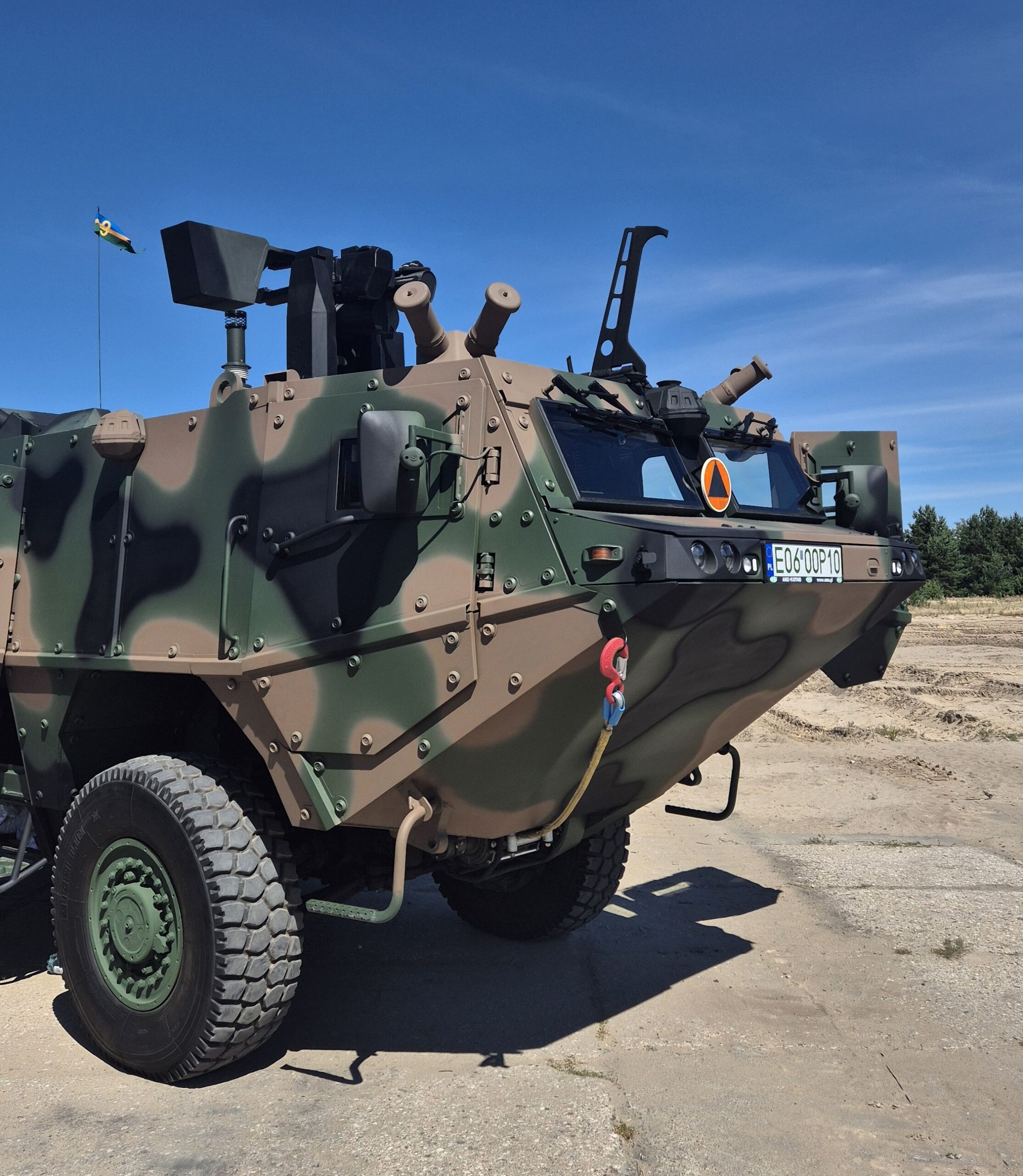 Photo: corporal Paweł Kmiecik, Ministry of National Defense
Photo: corporal Paweł Kmiecik, Ministry of National Defense
Executive Contract No. 1 was concluded between the State Treasury, represented by the Armament Agency, and AMZ-Kutno. The contract covers the delivery of 28 vehicles along with a logistics and training package. The contract value is approximately 800 million PLN (ca. 210 million USD), and the deliveries are to be completed between 2026 and 2028. This contract initiates the implementation of the framework agreement for the delivery of LOTR Kleszcz vehicles from 2026 to 2035.
The Bóbr-3, under the codename Kleszcz, will replace the BRDM-2 armored vehicles and their modernized versions in the reconnaissance units of the Polish Armed Forces. The vehicle will enable dynamic and continuous gathering and accumulation of information about the enemy and the operational environment, as well as processing and transmitting this intelligence data to higher command levels.
The first two factory-produced units will make their debut tomorrow in the parade in Warsaw in celebration of Polish Armed Forces Day.
The LOTR Kleszcz, with the factory name Bóbr-3, is being developed based on a 2013 agreement between the National Centre for Research and Development (NCBiR) and a consortium of Polish entities, which includes AMZ-Kutno (the lead), the Military Communication Institute, the Military Institute of Armament Technology (WITU), and the Military Institute of Chemistry and Radiometry (WIChiR).
The 4×4 wheeled vehicle will be incorporated into the reconnaissance units of the Land Forces, providing an appropriate level of crew protection, and is intended for conducting reconnaissance tasks. AMZ-Kutno, a company operating since 1999, specializes in the design and production of special-purpose vehicle bodies.
The Bóbr-3 is equipped with a 6-cylinder diesel engine with a displacement of 7200 cm³ and a power output of 240 kW, configured in a power-pack system meeting EURO 3 emission standards. It features an automatic transmission, all-wheel drive, and independent suspension. The vehicle is 6.9 meters long, 2.38 meters high, and 2.5 meters wide. It has a ground clearance of 400 mm, and its weight ranges from 12 to 14 tons (depending on the armor version, with a maximum allowable weight of 15.6 tons), and a range of 600 km. The maximum speed on paved roads is 90 km/h with a range of 600 km, while the swimming speed is 7 km/h. The vehicle is designed for fording and crossing water obstacles, including rivers with currents up to 1.1 m/s.
In its base version, the Bóbr-3 provides ballistic protection at levels 2 and 3 according to STANAG 4569, and mine resistance at level 2A. Additional armor panels can increase protection to level 3. The vehicle’s design is modular, allowing for the transport of a reconnaissance team consisting of five soldiers. It is equipped with side doors for each seat located along the vehicle’s walls, as well as three escape hatches, ensuring efficient and safe evacuation of the crew, whether in tactical operations or emergency evacuation. The vehicle allows for the transport of the crew along with personal and reconnaissance equipment, as well as providing fire support using onboard weapons, engaging lightly armored vehicles, low-flying air targets, and enemy personnel.
The key components of the Light Armored Reconnaissance Carrier (LOTR) include, among others, the following systems: reconnaissance—equipped with a tactical battlefield radar and an electro-optical head; communication—providing simultaneous communication between LOTR vehicles, helicopters, and commanders up to the battalion level; armament (remotely controlled weapon system)—equipped with WKM-B 12.7 mm machine guns and UKM 7.62 mm machine guns; filtration and ventilation, air conditioning, and detection and protection against weapons of mass destruction, as well as a laser warning system integrated with a smoke grenade launcher.
The vehicle was designed in two variants: a light (amphibious) variant with a lower level of protection and a heavy (non-amphibious) variant with a higher level of protection.
As part of the LOTR Kleszcz program, the Ministry of National Defense initially intended to purchase 244 amphibious, reconnaissance, armored 4×4 wheeled vehicles with independent suspension to replace the currently used BRDM-2 vehicles. The program, launched in 2013, was initially valued at 1.2 billion PLN. In August 2021, the prototype was sent for testing to the 17th Greater Poland Mechanized Brigade.
The LOTR Kleszcz is also intended to serve as the base vehicle for the Chemical, Biological, and Radiological Reconnaissance Carrier (TRSK), for which a technical dialogue was conducted between February and May 2021. At the Kielce MSPO 2019 trade fair, AMZ-Kutno presented a prototype of a wheeled tank destroyer based on the Bóbr-3 vehicle.
The Bóbr-3, in its configuration for the Polish Armed Forces, was recently showcased at the Eurosatory 2024 trade fair in Paris.
https://twitter.com/pawelbejda/status/1823691670585569436
https://twitter.com/MON_GOV_PL/status/1823678214796910834
https://twitter.com/MON_GOV_PL/status/1823678839479812485
https://twitter.com/MON_GOV_PL/status/1823679289486708839
https://twitter.com/MON_GOV_PL/status/1823680460943208480
https://twitter.com/MON_GOV_PL/status/1823681035722170602


